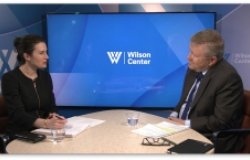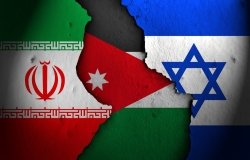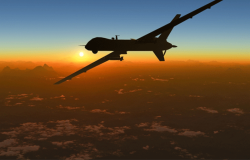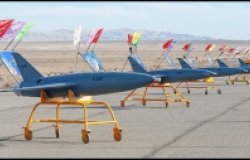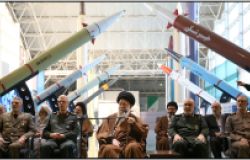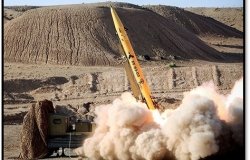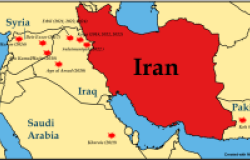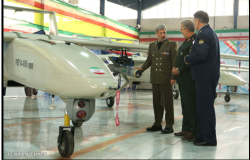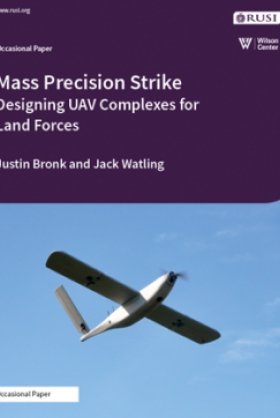Financing Terror: Al Qaeda's Changing Strategies
with Thomas Biersteker, Professor, Graduate Institute of International Studies, Geneva
Overview
This meeting, part of the ongoing Terrorism and Homeland Security Forum series, was co-sponsored by the Council on Global Terrorism, Georgetown University's Center for Peace and Security Studies, and the Woodrow Wilson Center's Division of International Security Studies.
In the aftermath of 9/11 there have been a multitude of books published on the subject of financing and funding terrorism. And yet, noted Professor Thomas Biersteker, our knowledge on the subject is still very limited.
So what do we know? A common consensus is that however terrorists raise the money, it doesn't take much to plan, organize and carry out the attacks. The entire operational cost of 9/11 is thought to have been about $500,000, of which three-fifths moved through U.S. banks. In contrast, the Bali bombings cost $20-35,000, the Madrid train bombings $50,000 and the 7/7 attacks on London a mere $15,000. Even if operational costs are a tenth of the total cost, as Biersteker estimated, the financial barriers to terrorism are not high. Nor is there always a direct correlation between operational cost and lethality.
The ways that terrorists fund their operations are as varied as the terror organizations themselves. Funneling money through legitimate business fronts, petty or organized crime, credit card fraud, hawala money couriers and charitable front organizations are all major revenue sources, in particular for Al Qaeda. Biersteker pointed out that contrary to popular belief, Osama bin Laden's personal wealth is not considered a significant source of Al Qaeda's income. And for groups such as FARC in Colombia or the LTTE in Sri Lanka, kidnapping and extortion may also play a role.
There are nearly as many methods of moving the funds once raised, Biersteker said. Tactics include using traditional banks (both in target countries and in offshore locations), money transfers through legitimate organizations or hawalas, commodities such as diamonds, cash, and trade diversion, or smuggling. As with its fundraising, Al Qaeda relies on a multitude of strategies to move its assets. By utilizing so many, it diversifies its sources, introduces redundancies into the operation and minimizes chances of detection.
Because of the many covert or nontraditional ways of moving money, Biersteker cautioned against over-regulation; although terrorists do use banks and other established financial resources, he felt the costs of over-regulation could outweigh the benefits.
Al Qaeda's mode of financing has passed through four distinct phases. In the first, during the mujahideen period of the 1980s in Afghanistan, it relied heavily on money channeled through charities. During the 1990s, under the Taliban, it shifted more towards business fronts and smuggling. After the fall of the Taliban following 9/11 it moved more in the direction of petty crime and fraud. Finally, during its "regrouping" phase begun in late 2004, Al Qaeda has shifted to revenues from drug trafficking and barter.
Biersteker spoke at length on the methodology of tracking and coding terrorist attacks and operations. To be able to generalize or draw meaningful conclusions, he said, we need an accurate and descriptive database. Biersteker's analyses have emerged largely from a database he began at Brown University, which archives 29 successful attacks and utilizes information from the media, scholarly and nonprofit articles, government and intergovernmental reports, and suspect testimonies and confessions.
Using this archive we can begin to draw parallels between attacks and to highlight differences in costs, funding sources and money transfers. Using the examples of the London attack and the U.S. embassy bombings, Biersteker highlighted the huge disparities in how money for these attacks was raised and sent to the perpetrators and how long the planning took. These disparities, he concluded, reinforce the need to focus widely on all the methods of financing terror and to continue with a systematic review of the knowledge we have.
Thank you for your interest in this event. Please send any feedback or questions to our Events staff.

